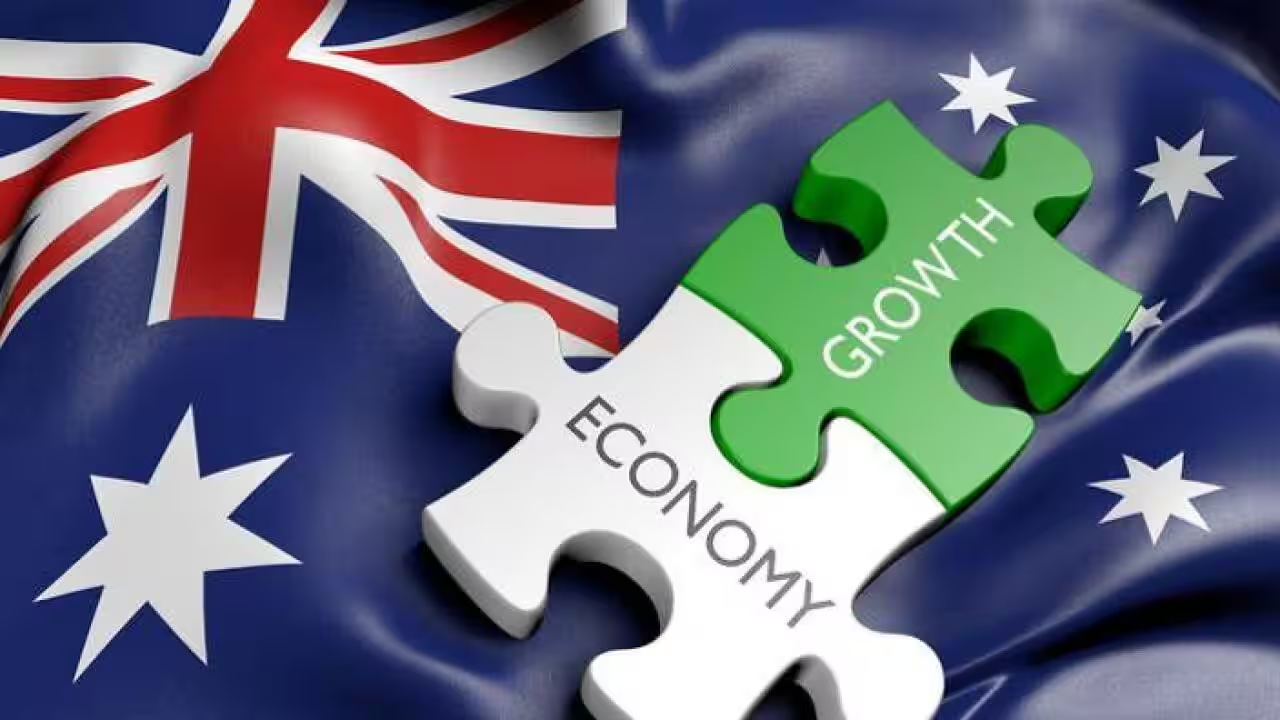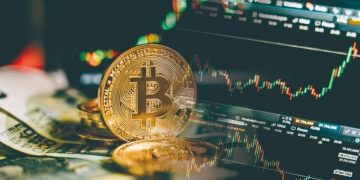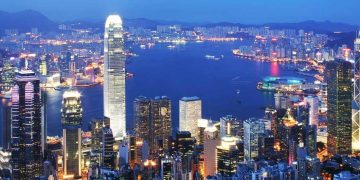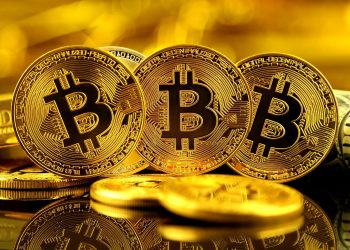Introduction
- Understanding Inflation: A detailed definition of inflation, how it is measured (e.g., Consumer Price Index, Producer Price Index), and the historical context.
- The Rise of Global Inflation: Brief overview of the inflationary pressures seen globally, particularly in the aftermath of the COVID-19 pandemic, supply chain disruptions, and geopolitical tensions.
- Purpose of the Article: This article aims to analyze the potential future trajectory of global inflation and its implications for economic stability in both developed and developing nations.
Section 1: The Drivers of Global Inflation
- Supply Chain Disruptions: The lasting impacts of COVID-19 on global supply chains, labor shortages, and transportation bottlenecks.
- Energy Prices: The influence of rising energy prices (oil, natural gas, electricity) on global inflation, especially in relation to geopolitical conflicts (e.g., Russia-Ukraine war).
- Monetary Policy: The role of central banks’ monetary policies in either exacerbating or mitigating inflation. Discussion of the Federal Reserve’s actions, interest rates, and quantitative easing.
- Fiscal Stimulus Measures: Government spending and stimulus programs, particularly in response to the pandemic, and their inflationary effects.
- Geopolitical Instability and Global Trade: How conflicts, trade disruptions, and global uncertainties contribute to price increases.
- Food and Agricultural Prices: The global food crisis, driven by climate change, supply disruptions, and changing trade patterns.
Section 2: The Economic Consequences of Inflation
- Impact on Consumers: The erosion of purchasing power, especially in lower-income households, and the consequences of rising costs of living.
- Wages and Employment: Whether wages are keeping pace with inflation, the potential for wage-price spirals, and how inflation affects labor markets.
- Business Profit Margins: How companies face higher input costs, which may lead to higher prices for consumers or reduced profit margins for businesses.
- The Burden on Debt: The relationship between inflation and national debts. Higher inflation can erode the real value of debt, but it also raises borrowing costs and affects interest rates.
- Investment and Savings: The impact on financial markets, investment strategies, and the diminishing returns on savings due to rising inflation.
- Impact on Financial Stability: How inflation can lead to financial instability, triggering recessions, market corrections, or sovereign debt crises.
Section 3: Central Bank Responses to Inflation
- Monetary Tightening: Analyzing the response of central banks to rising inflation, particularly through increasing interest rates and reducing money supply.
- Challenges for Central Banks: The balancing act between controlling inflation and supporting economic growth. The potential risks of aggressive tightening leading to recessions.
- Global Coordination: The importance (or lack thereof) of global coordination among central banks, especially in interconnected economies.
- Quantitative Easing and Its Consequences: A review of quantitative easing programs, their impacts on inflation, and their eventual unwinding.
- Inflation Targeting: How different central banks (such as the U.S. Federal Reserve, European Central Bank, and Bank of England) set inflation targets and the challenges in achieving them.
Section 4: The Role of Government Policies in Controlling Inflation
- Fiscal Policies: How government fiscal policies, such as taxation, public spending, and debt management, play a role in either curbing or fueling inflation.
- Subsidies and Price Controls: Government interventions such as subsidies for energy and food prices, and the effectiveness (or ineffectiveness) of price controls in containing inflation.
- Social Safety Nets: The role of social programs like unemployment benefits, food assistance, and pensions in mitigating the impact of inflation on vulnerable populations.
- Global Cooperation: How international organizations, like the IMF and the World Bank, provide assistance to countries grappling with inflationary pressures.
- Structural Reforms: Long-term policies that could help reduce inflationary pressures, such as improving productivity, deregulation, or enhancing trade relations.
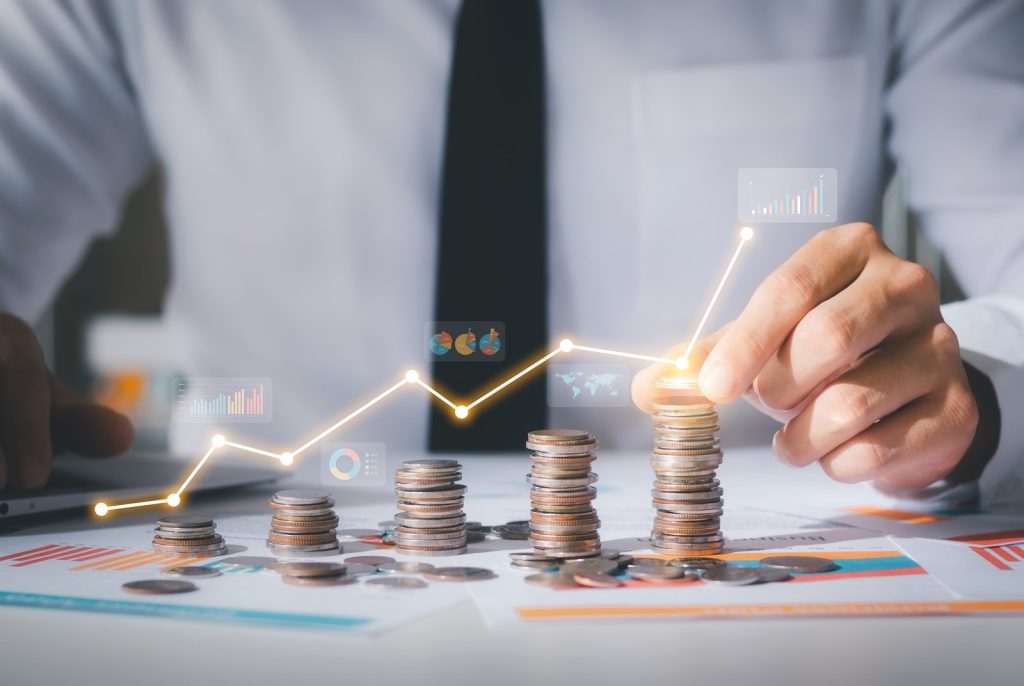
Section 5: The Risks of Hyperinflation and Deflation
- Hyperinflation: A discussion of extreme cases of inflation, such as those seen in Venezuela, Zimbabwe, and Weimar Germany, and what factors lead to such economic collapse.
- Deflationary Pressures: The opposite end of the inflation spectrum, where deflation can lead to reduced consumer spending, economic stagnation, and increased debt burdens.
- The Dangers of Inflationary Expectations: How consumer and business expectations about future inflation can become self-fulfilling prophecies, driving further inflationary pressures.
- The Role of Inflation Expectations in Economic Stability: How anchored or unanchored inflation expectations influence central bank policy and economic behavior.
Section 6: The Global Impact of Inflation
- Developed Economies: How inflation is affecting advanced economies like the U.S., the EU, and Japan, with a focus on the balancing act between inflation control and economic growth.
- Developing Economies: The unique challenges faced by developing nations, where inflation can lead to deeper poverty, currency devaluation, and social unrest.
- Commodity-Exporting Countries: How countries that rely on commodity exports (oil, metals, agricultural products) are experiencing different inflationary pressures.
- Global Supply Chains and Trade: How inflation is affecting global trade patterns, disrupting supply chains, and leading to new economic alliances and trade agreements.
- International Aid and Development: The role of international aid organizations in assisting countries that face hyperinflation or significant inflationary pressures.
Section 7: The Role of Technology and Innovation in Inflation Control
- Automation and Productivity: How advancements in automation, artificial intelligence, and technology can help mitigate inflation by improving productivity.
- Supply Chain Innovations: The role of digital technologies in improving supply chain efficiency, reducing costs, and potentially easing inflationary pressures.
- Digital Currencies and Inflation: An exploration of how digital currencies (including central bank digital currencies) might influence inflationary dynamics in the future.
- Renewable Energy: How technological advancements in renewable energy and green technologies may mitigate inflationary pressures, particularly in energy costs.
- FinTech and Financial Innovations: How financial technologies (FinTech) can provide alternative ways to cope with inflation through digital payment solutions, peer-to-peer lending, and decentralized finance (DeFi).
Section 8: The Future of Global Inflation
- Predictions for Inflation Rates: Expert forecasts for the coming years, taking into account potential changes in energy markets, supply chains, geopolitical events, and technological advancements.
- Inflationary Pressures vs. Economic Growth: Can global inflation continue to rise without triggering widespread economic instability? Or will inflation eventually peak and subside?
- Long-Term Structural Changes: How the global economy might change over the long term to reduce inflationary pressures, such as increased global collaboration or changes in trade policies.
- Inflation vs. Stagflation: Could we see stagflation (high inflation combined with stagnant economic growth) as a new economic challenge for the world?
Section 9: The Social and Political Implications of Inflation
- Political Instability: How rising inflation can lead to political instability, social unrest, and even regime changes in extreme cases.
- Inequality and Social Strain: The exacerbation of income inequality as inflation disproportionately affects lower-income and middle-class families.
- Public Opinion and Confidence: How inflation impacts consumer confidence, public sentiment, and the relationship between governments and citizens.
- Social Unrest: Case studies from history where inflation has led to protests, strikes, and political uprisings (e.g., the Arab Spring, French Yellow Vest protests).
Conclusion
- Summary of Key Insights: A recap of the various factors contributing to global inflation, its effects on economic stability, and the role of central banks and governments in responding to it.
- The Path Forward: A look at possible scenarios for global inflation in the near and long term. Will inflation remain a persistent threat to economic stability, or will governments and central banks succeed in taming it?
- Final Thoughts: The necessity for careful policy implementation, international cooperation, and innovation to navigate the challenges posed by global inflation.




